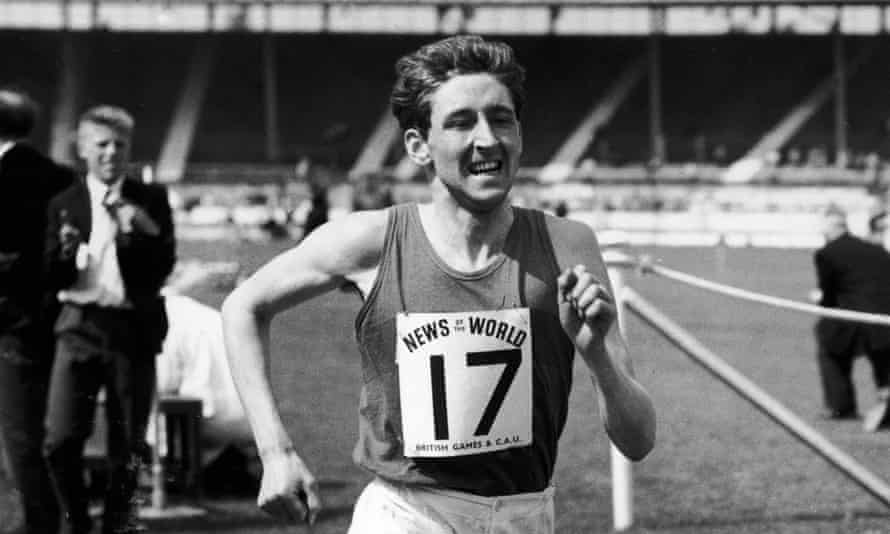Jon Tumilson and Hawkeye
Yesterday we talked about Jon Fer, a man who was a great runner and a survivor of six years in the Hanoi Hilton. In the past we've also talked about American and international Olympians who died serving their countries. We remembered racewalker Ron Zinn, hurdler Cliff Cushman, and sprinter Foy Draper from American teams and Janusz Kusocinski from the Polish team of 1932 and many, many others. Today I want to honor one who did not come home. He is not one whose feats you will find in the track record books, but he was a runner, and his community remembers him with a statue in running gear, and they have created an annual 5km race in his memory. That man is Petty Officer Navy Chief Special Warfare Operator Jon Tumilson who did come home but in a flag-draped coffin to the little town of Rockford, Iowa to be mourned by a whole county of folks in the Midwest.
In conversation with George Cummins a veteran of both the Peace Corps as well as the US military, I heard the story of a young boy who went straight from high school into the Navy with the goal of becoming a Navy Seal. He was a wrestler in high school, but in addition to becoming a swimmer and a multidisciplined warrior in the Navy, Jon also became a runner. When he came home on leave he was often seen on long runs through the Iowa countryside with his dog Hawkeye tagging along. In San Diego where he was sometimes stationed, he became a member of their running community.
Though not a great runner at 220 pounds, he was a competitor and is remembered by folks out there for his regular participation and tough running in training runs with a local club. Jon Tumilson, Ready for Work
Jon was a Navy Seal and he died along with 16 other Seals in a helicopter crash while on a mission to rescue other service men on the ground who were in desperate straits. The crash took the lives of 30 Americans in total, the biggest single loss in the Afghan war. At Jon's funeral you can see this picture of his dog mourning below his casket, and that is why Hawkeye is also remembered in that bronze statue.
Hawkeye at Jon's FuneralAs has often been said, "In war the first victim is truth". But it is these young boys and girls who pay the price of the fools' errands of those who should know better. I am happy that we are pulling out of Afghanistan after almost 20 years. I am not happy at what it has cost us in lives and dollars, knowing that when we leave it will be like we were never there.*






















